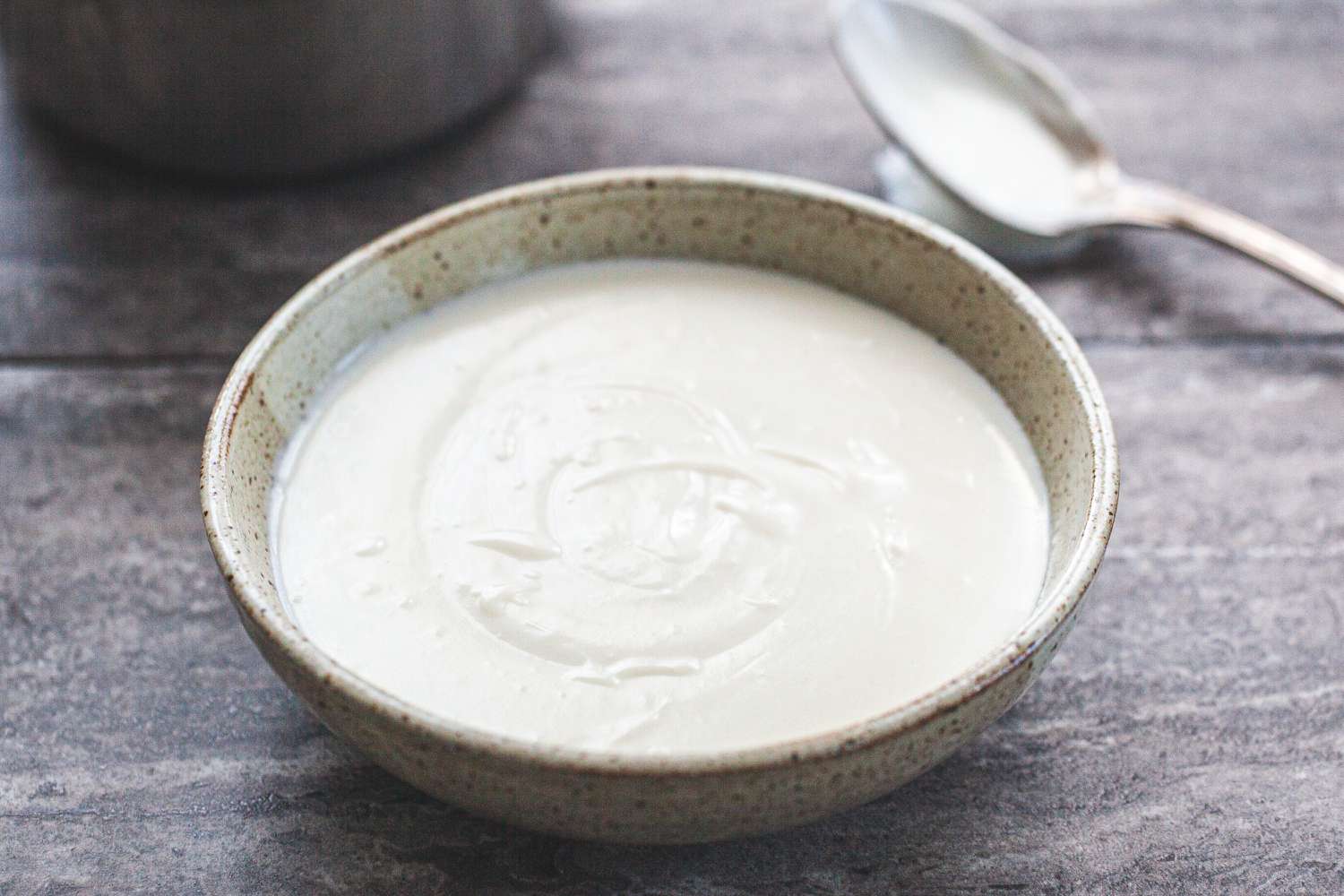
What is Bechamel sauce? Bechamel, also known as white sauce, is one of the five mother sauces in French cuisine. This creamy, smooth sauce forms the base for many dishes, from lasagna to macaroni and cheese. Made with just three main ingredients—butter, flour, and milk—it's surprisingly simple yet incredibly versatile. The sauce's origins date back to 17th-century France, credited to Louis de Béchamel, a financier and steward to King Louis XIV. Whether you're a novice cook or a seasoned chef, mastering Bechamel can elevate your culinary skills. Ready to learn more about this classic sauce? Let's dive into 33 fascinating facts that will make you appreciate Bechamel even more!
What is Bechamel Sauce?
Bechamel sauce, also known as white sauce, is one of the five mother sauces in French cuisine. It's a versatile base for many dishes, from lasagna to soufflés. Here are some interesting facts about this classic sauce.
-
Bechamel sauce is made from a roux, which is a mixture of butter and flour cooked together.
-
The sauce is then thickened by adding milk to the roux.
-
Bechamel is one of the oldest sauces in French cuisine, dating back to the 17th century.
-
The sauce is named after Louis de Béchamel, a financier who served as a steward to King Louis XIV.
-
Bechamel is considered a "mother sauce" because it serves as a base for many other sauces, such as Mornay and cheese sauce.
Ingredients and Preparation
Understanding the ingredients and preparation methods can help you make a perfect Bechamel sauce every time.
-
The basic ingredients for Bechamel are butter, flour, and milk.
-
Nutmeg is often added to Bechamel for a subtle, warm flavor.
-
Some recipes call for an onion piqué, which is a halved onion studded with cloves and a bay leaf, to infuse the sauce with additional flavor.
-
The roux should be cooked until it is pale yellow and has a slightly nutty aroma.
-
Milk should be added gradually to the roux to avoid lumps.
-
The sauce should be cooked over low heat and stirred constantly to prevent burning.
Uses in Cooking
Bechamel sauce is incredibly versatile and can be used in a variety of dishes.
-
Bechamel is a key ingredient in classic lasagna, providing a creamy layer between the pasta and meat sauce.
-
It is also used in moussaka, a Greek dish made with eggplant and ground meat.
-
Bechamel can be used as a base for creamy soups.
-
The sauce is often used in gratins, where it is mixed with cheese and baked until bubbly and golden.
-
Bechamel is a common ingredient in croque monsieur, a French ham and cheese sandwich.
-
It can be used to make a soufflé, providing a stable base for the whipped egg whites.
Variations and Adaptations
Over the years, chefs have created numerous variations of Bechamel sauce to suit different tastes and cuisines.
-
Mornay sauce is a variation of Bechamel that includes grated cheese, usually Gruyère or Parmesan.
-
Soubise sauce is made by adding pureed onions to Bechamel.
-
Nantua sauce is a seafood variation that includes crayfish butter and cream.
-
Cheddar cheese sauce, often used in macaroni and cheese, is a simple adaptation of Bechamel.
-
Mustard sauce can be made by adding Dijon mustard to Bechamel.
-
A lighter version of Bechamel can be made by using skim milk instead of whole milk.
Historical and Cultural Significance
Bechamel sauce has a rich history and cultural significance in French cuisine and beyond.
-
The sauce was popularized by François Pierre La Varenne, a French chef who included it in his 1651 cookbook "Le Cuisinier François."
-
Bechamel was originally used as a luxurious sauce for the French aristocracy.
-
The sauce has since become a staple in home cooking around the world.
-
In Italy, Bechamel is known as "besciamella" and is a key ingredient in many Italian dishes.
-
The sauce is also used in British cuisine, where it is known as "white sauce."
-
Bechamel has influenced the development of other classic sauces, such as Alfredo sauce in Italian-American cuisine.
Fun Facts
Here are some fun and lesser-known facts about Bechamel sauce.
-
Bechamel sauce can be frozen for up to three months, making it a convenient make-ahead option.
-
The sauce can be made gluten-free by using a gluten-free flour blend in the roux.
-
Bechamel can be flavored with herbs such as thyme or rosemary for a unique twist.
-
The sauce can be made vegan by using plant-based butter and milk alternatives.
The Final Scoop on Bechamel
Bechamel sauce, with its rich history and versatile uses, stands as a cornerstone in culinary arts. From its origins in French cuisine to its widespread adoption in kitchens worldwide, this creamy white sauce has proven its worth. Whether you're whipping up a classic lasagna, a comforting mac and cheese, or an elegant croque monsieur, bechamel adds that perfect touch of smoothness and flavor.
Understanding the basics of making bechamel, like the importance of a good roux and the gradual addition of milk, can elevate your cooking game. Plus, knowing its variations, such as Mornay or Soubise, opens up a world of possibilities.
So next time you're in the kitchen, don't shy away from experimenting with bechamel. It's a simple yet transformative element that can turn ordinary dishes into extraordinary culinary experiences. Happy cooking!
Was this page helpful?
Our commitment to delivering trustworthy and engaging content is at the heart of what we do. Each fact on our site is contributed by real users like you, bringing a wealth of diverse insights and information. To ensure the highest standards of accuracy and reliability, our dedicated editors meticulously review each submission. This process guarantees that the facts we share are not only fascinating but also credible. Trust in our commitment to quality and authenticity as you explore and learn with us.
